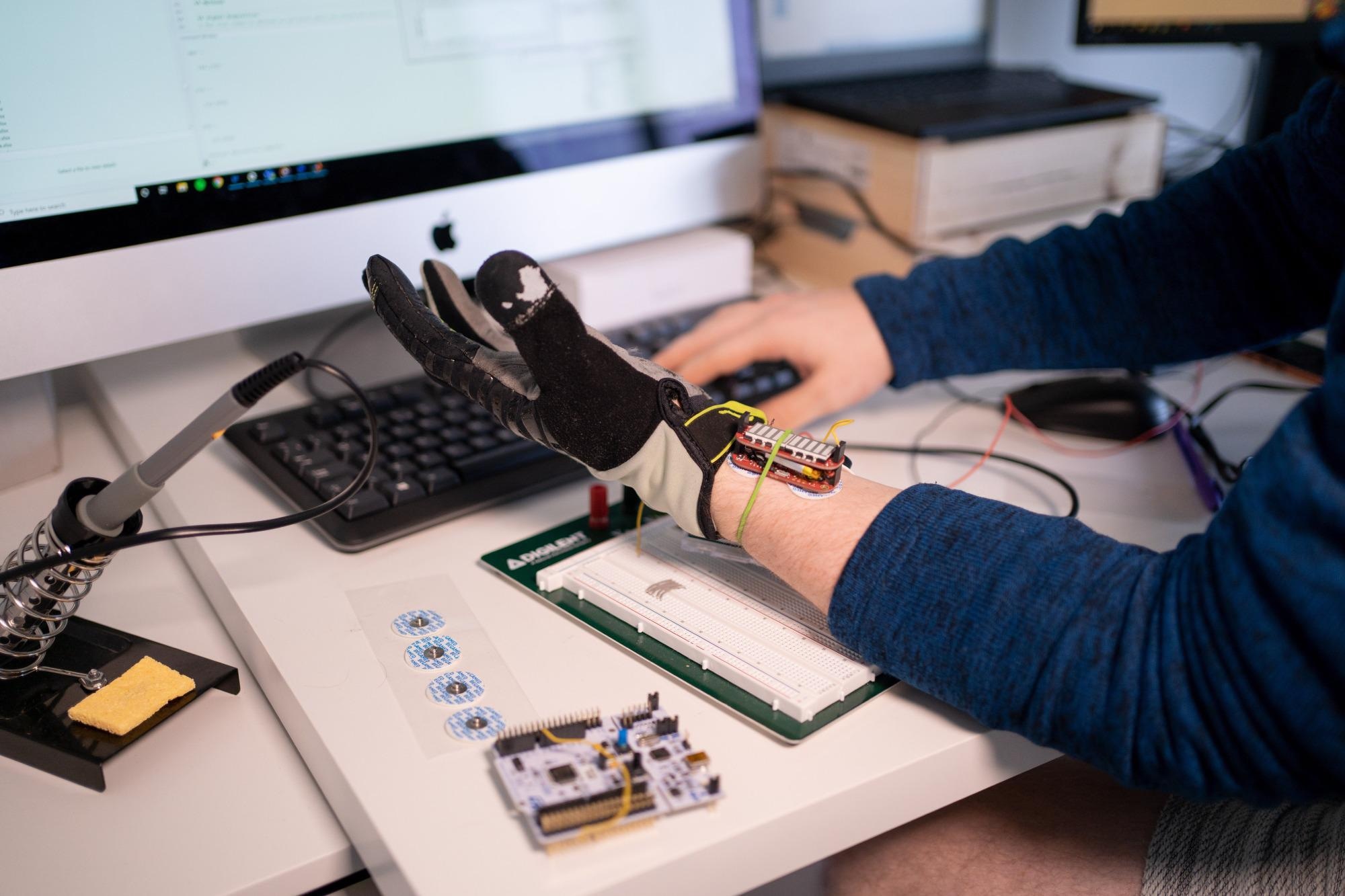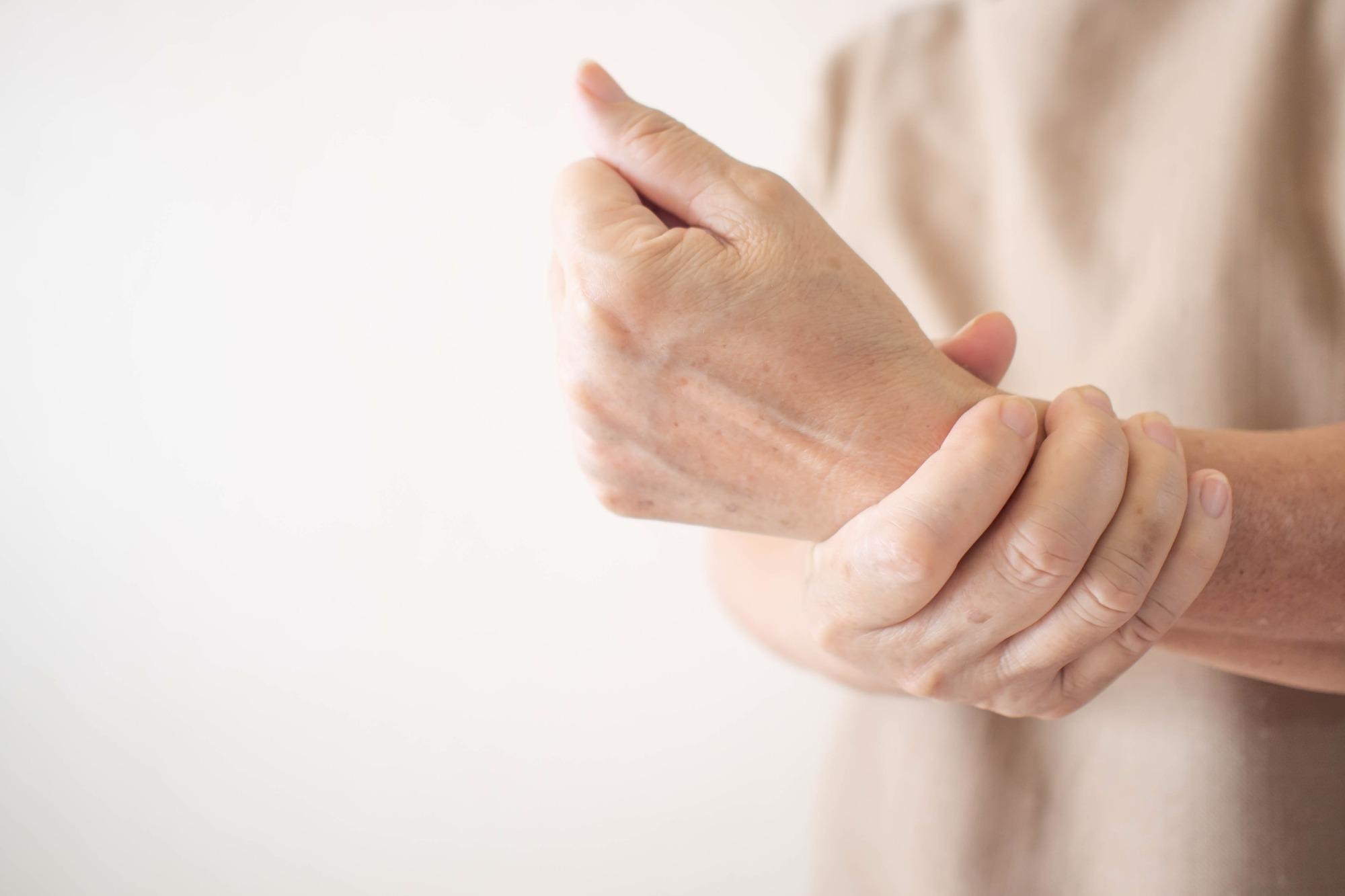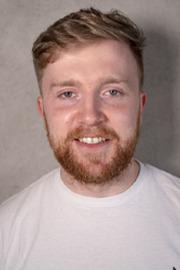AZoRobotics speaks with Ross O'Hanlon from BioLiberty. BioLiberty is a start-up company that is employing AI to help those who suffer from hand weakness. The AI-powered glove that has been developed by the company can help users carry out day-to-day tasks.
Can you give our readers more information about BioLiberty and the aims of the company?
BioLiberty aims to bridge the gap between independent living and hand weakness. We have created an AI-powered robotic glove that strengthens grip and a digital therapy platform that offers tailored rehabilitation.
The glove is aimed at the 2.5 million people living in the UK who suffer from hand weakness because of muscle mass loss due to aging or illnesses like Multiple sclerosis, Motor Neurone Disease and carpal tunnel syndrome. The result is a reduction in many sufferers’ independence as well as increased pressure on care services.
Tackling this issue, our goal is to support independent living and healthy aging by enabling individuals to live more comfortably in their own homes for longer.

Image Credit: BioLiberty
What was the inspiration behind developing the AI-powered glove?
The inspiration came from my auntie, who suffers from MS. I witnessed the impact that living with reduced hand function had on her mental and physical health. Performing simple day-to-day tasks became extremely difficult. Through research, I discovered that there were little to no devices on the market that were tackling this problem head-on. While there are many gadgets that address a specific grip challenge, such as tools to help open jars, I wanted an all-encompassing solution to support a range of daily tasks. I decided to use my engineering and management background to create a solution.

Image Credit: Shutterstock/ Orawan Pattarawimonchai
What were the experimental techniques involved when developing the glove?
The experimental techniques involved attaching electrodes to different parts of the forearm to discover the best locations for accurately predicting hand position. We also used experimental techniques to discover the best way of generating an assistive force to strengthen handgrip and experimented with different machine learning algorithms to help make the glove more reliable. These experiments were carried out by our team of electronic, biomedical and mechanical engineers. Due to COVID-19 restrictions, we had to carry out these experiments individually and feed back the results over video calls. When restrictions lift we look forward to carrying out R&D work in the same office!
Can you explain the role that electromyography (EMG) has played in developing the AI-powered glove?
Electromyography is a technique that uses electrodes to pick-up muscle activity and converts this into an electrical signal. Our unique machine learning algorithm can then analyze this signal. In our glove, this enables us to understand when the user is attempting to grip and subsequently turns this intention into a gripping force to help the user hold an item or apply the necessary pressure to complete an activity.
Existing assistive glove technology uses a button on a remote control to operate the glove. This means the operator needs to use one hand to control the other hand, which is inconvenient. We believe that electromyography is a much more intuitive and ergonomic way of controlling the glove.
What are some of the tasks that the glove can help users with?
The glove can help users perform simple day-to-day tasks that would otherwise be extremely difficult. These tasks could range from cooking and driving to opening doors or jars, lifting a glass to take a drink, gardening, changing the TV channel and pouring a cup of tea. We hope that by supporting users to carry out these everyday tasks we can help them retain their autonomy.

Image Credit: Shutterstock/ Orawan Pattarawimonchai
Can you give our readers more detail on the Digital Therapy Platform?
The impact of COVID-19 has resulted in limited access to therapy services for sufferers of hand weakness. Addressing this challenge, our digital therapy platform allows for remote monitoring of hand rehabilitation. The hope is that by supporting sufferers to continue therapy from home, we can reduce the number of repeat visits to therapy clinics and ultimately improve patient outcomes. The user can connect the glove to their smartphone or tablet, and begin carrying out exercises to help promote natural hand strength. Our goal with the digital therapy platform is to reduce dependence on the glove, and ensure that the assistive force does not replace natural grip strength.
What impact will the support from Edinburgh Business School’s Incubator program have for BioLiberty?
The Edinburgh Business School Incubator will have a massive impact on the development of BioLiberty. We will now have access to world-class training in entrepreneurship through the Edinburgh Business School and believe that this support will help accelerate the gloves into homes sooner.
The EBS Incubator has an incredible program for early-stage businesses like ours, supporting challenges all new companies face, including the drive for additional funding, marketing, networking, scaling and forging collaborations. We have opportunities to join training seminars, workshops and a mentorship program. When restrictions are lifted, we will have desk space at the incubator to run and grow the business.
A particular boost for us is the fact that the incubator is based at Heriot-Watt University, which is renowned for its expertise in robotics and AI. The National Robotarium on campus has a particularly strong focus on the development of assisted living technology, meaning we have been able to expand our network to include leading academics in the field.
What’s next for BioLiberty?
BioLiberty’s next steps focus on getting our glove to the patients who need it the most. Working with the EBS Incubator, we aim to accelerate our development to bring our glove to market in the next 18 months. The key to this is working closely with medical professionals and sufferers of hand weakness. We want the end users to be involved in the development stage so that the product is directly informed by their needs. Our next steps include expanding our team, continuing to utilize Scotland’s brilliant entrepreneurial ecosystem and refining our technology. If you can help us with our goal, reach out to us through our website.
Where can readers find more information?
Website - BioLiberty: Independent Living
Linkedin – BioLiberty: Overview | LinkedIn
Twitter – https://twitter.com/bio_liberty
About Ross O’Hanlon
 Ross graduated with a Master’s in Electrical and Electronic Engineering with Management from the University of Edinburgh. He has several years of experience working within Edinburgh’s start-up ecosystem.
Ross graduated with a Master’s in Electrical and Electronic Engineering with Management from the University of Edinburgh. He has several years of experience working within Edinburgh’s start-up ecosystem.
Whilst preparing his Master’s thesis he co-founded a medical device start-up which gave him the opportunity to pitch at the largest photonics accelerator in the world: Luminate NY. For this start-up, Ross developed an automated control system to position a novel opto-electronic sensor over stem cells to characterize the health of the cells in real-time.
He later founded BioLiberty, a start-up that has developed an AI-powered robotic glove to support sufferers of hand weakness, after he couldn’t find any devices which could help his aunt improve her grip strength following a diagnosis of Multiple sclerosis.
Disclaimer: The views expressed here are those of the interviewee and do not necessarily represent the views of AZoM.com Limited (T/A) AZoNetwork, the owner and operator of this website. This disclaimer forms part of the Terms and Conditions of use of this website.